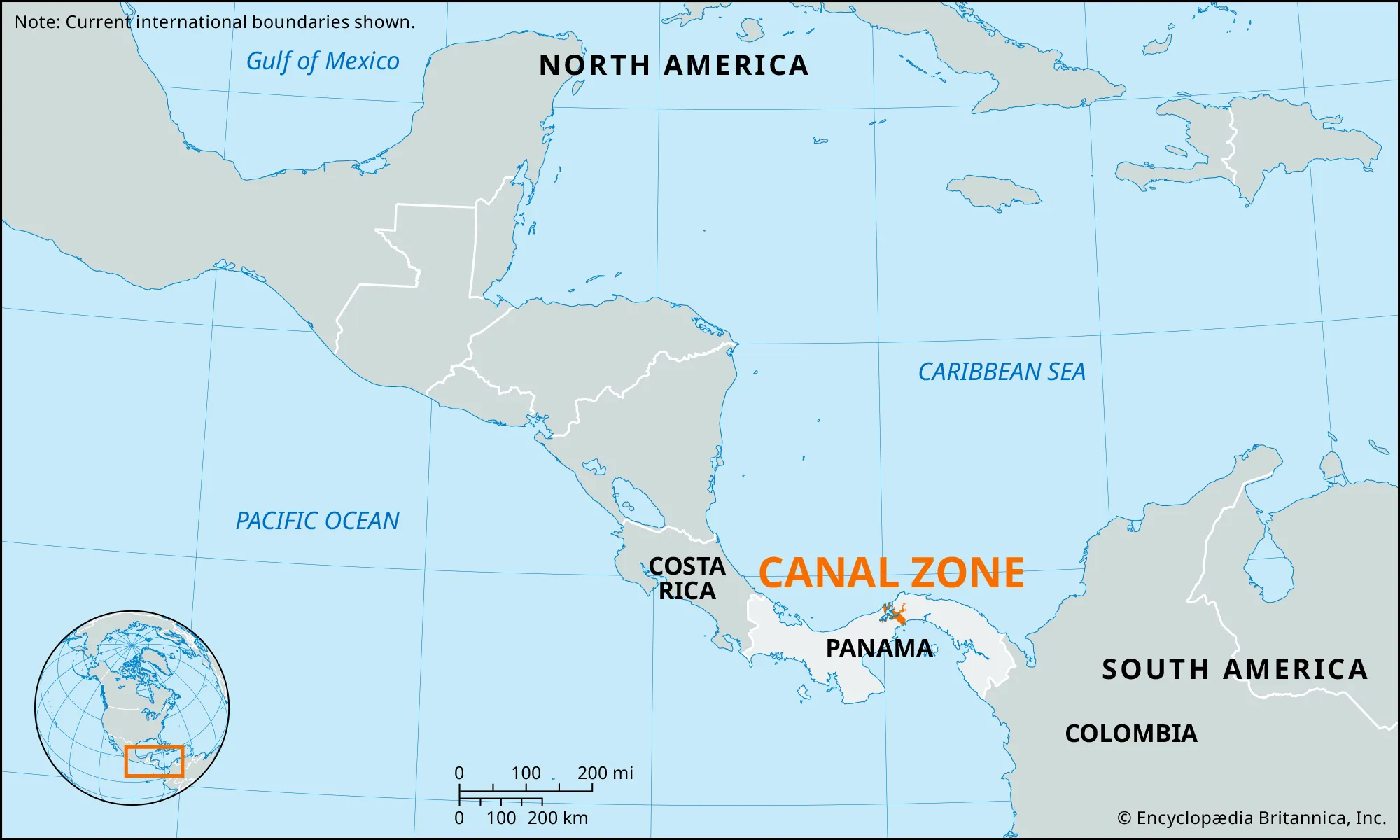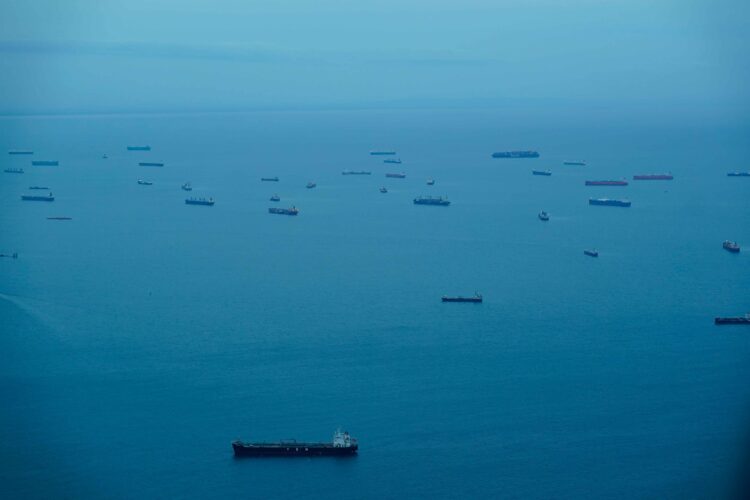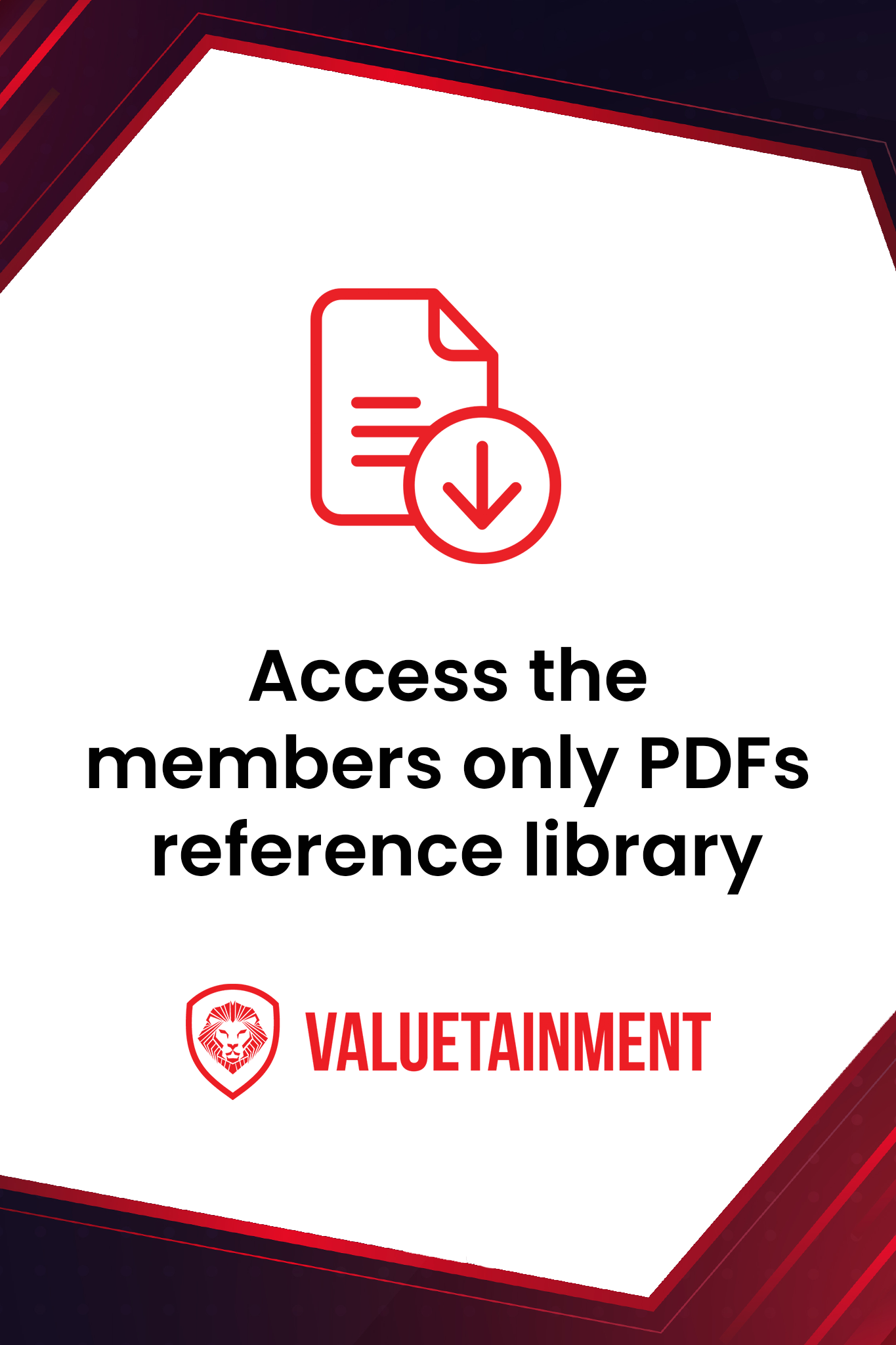The Panama Canal bottleneck which began in the summer continues to give headaches to shipping companies, and is causing a leading shipping magnate to reroute its ships to the Suez Canal.
Stolt-Nielsen, the largest operator of chemical tankers in the world, sent an email to its customers stating that it would be raising shipping costs due to the rerouting.
Learn the benefits of becoming a Valuetainment Member and subscribe today!
“Stolt Tankers has found that the service through the Panama Canal has become increasingly unreliable in recent months,” the company’s email read. “Our customers need reassurance that their cargo will arrive on time to avoid negatively impacting their supply chains, therefore we have been rerouting our ships via the Suez Canal.”

The Canal backlog is due to low water levels brought on by a historic draught in the country of Panama. In response, the Panama Canal Authority reduced the number of ships allowed to pass through per day to 32, compared to the usual 36 to 38 per day. While the reduced number of ships pass through, the remaining ones need to wait in line, which has caused the pile up.
Other shipping companies have redirected their routes to the Cape of Good Hope and the Strait of Magellan. Stolt itself said other companies are “taking a similar approach” according to their communications.
Hundreds of ships are stranded in the Panama Canal, one of the most strategic routes of global maritime trade, due to a severe drought. pic.twitter.com/K1ecQYKl5J
— Project TABS (@ProjectTabs) August 25, 2023
The water level crisis was exacerbated by the El Niño weather system. In response, the Panama Canal Authority announced last month that it would be limiting access to 25 ships per day. Some vessels in the bottleneck are reporting wait times up to 20 days.
But even with all the rerouting, the Authority is not backing down. By Feb. 1, the government-run entity plans to limit the number of vessels to just 18 per day to conserve on water for the dry season. Experts warn that traffic will not return to normal levels until Q3 2024, meaning the rerouting will only continue or otherwise the bottleneck will expand.
Watch Patrick Bet-David explain the importance of the Panama Canal and more below, or read a text version of the article here.


















Add comment